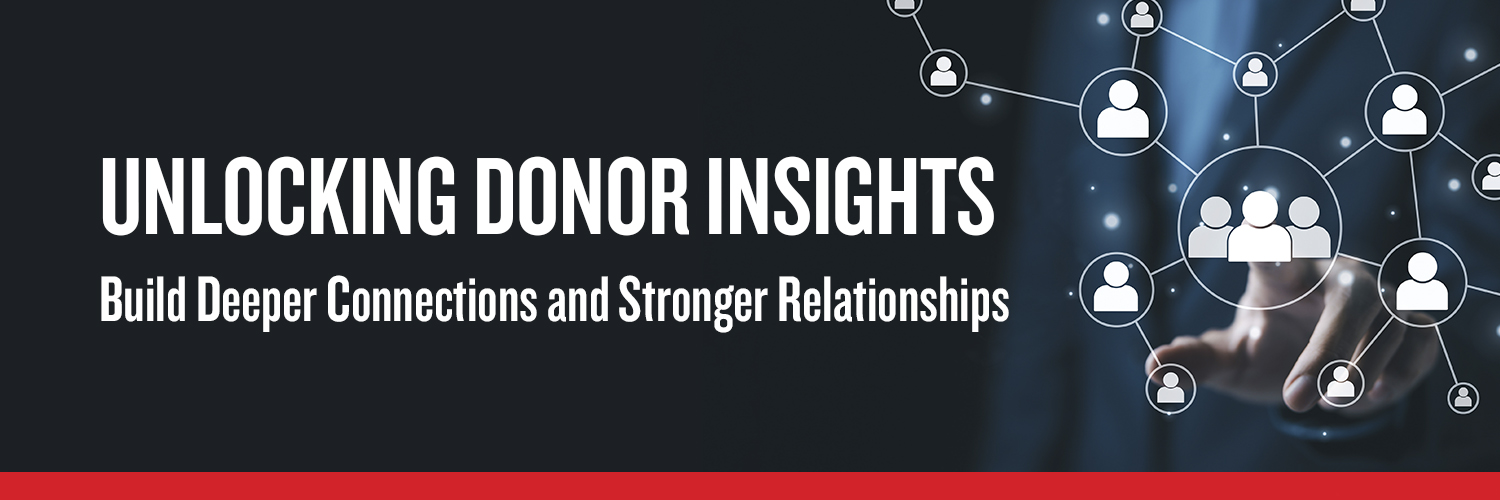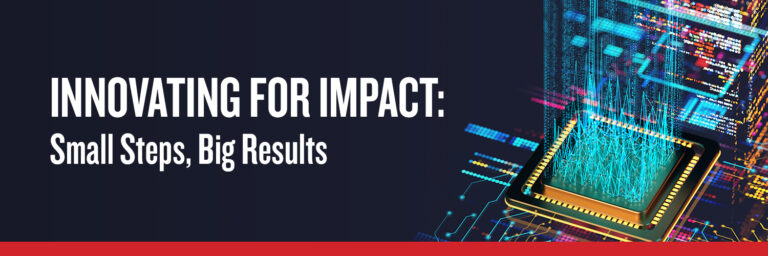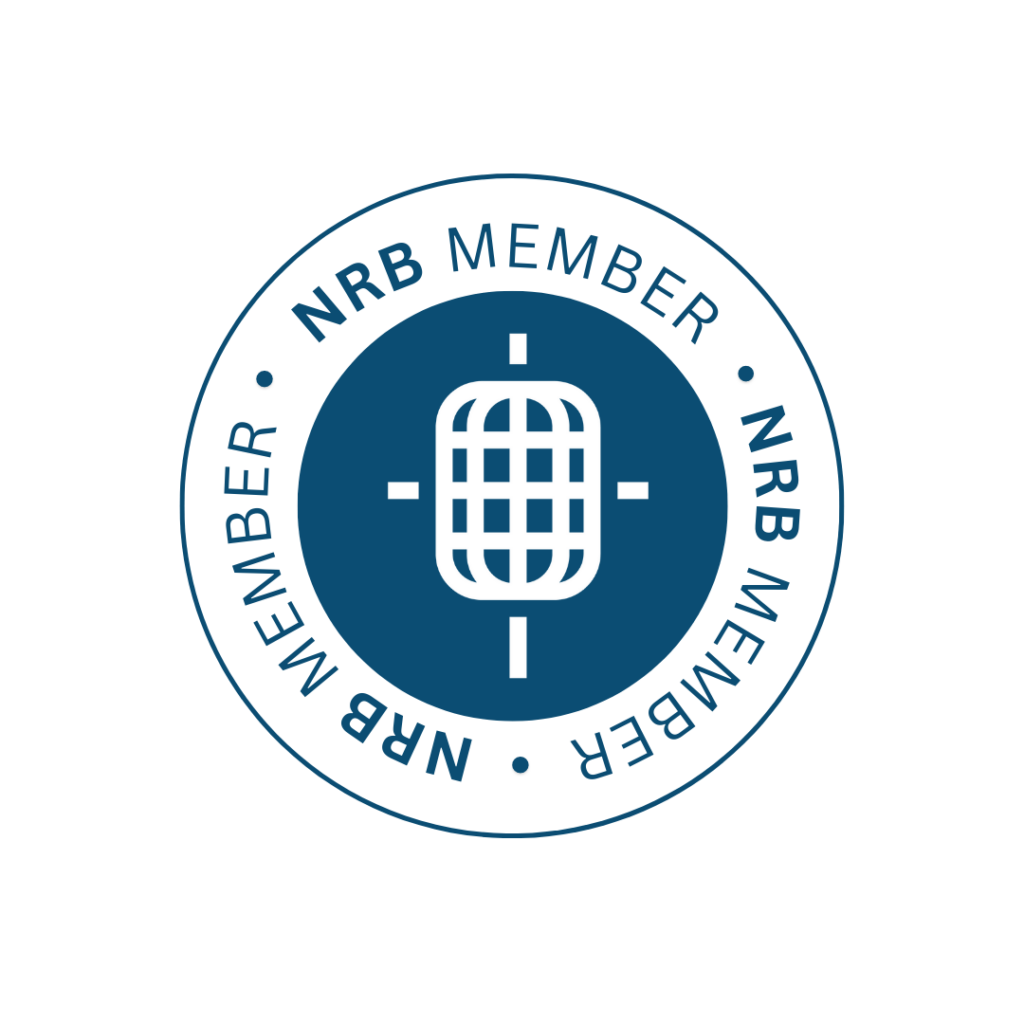Unlocking Donor Insights
DATA SCIENTIST, DATA AND ANALYTICS
Fundraising data is essential to understanding donor preferences and behaviors.
Today, donors don’t just respond to a one-size-fits-all approach; they have specific preferences around:
- Donation amounts
- Campaign themes
- Giving timing
- Channels they prefer for receiving communications.
By gathering these data points, nonprofits gain a more detailed picture of every donor, informing tailored strategies for different audience segments.
With Artificial Intelligence powered tools, organizations can unlock the potential within this data, translating it into actionable insights that drive both revenue and donor satisfaction.
Using Artificial Intelligence (AI) for Donor Profiling and Targeting
Artificial intelligence plays a significant role in analyzing vast amounts of donor data and building nuanced donor profiles. Through AI, patterns and correlations that might otherwise go unnoticed can be highlighted. These insights empower nonprofits to create targeted strategies, customized messaging, donation asks, and engagement tactics based on each donor segment’s behavior. For instance, if data shows that a segment of donors prefers making year-end gifts and responds well to stories of personal impact, nonprofits can deliver campaigns that align specifically with these preferences. This level of personalization fosters a stronger connection between donors and the causes they support.
The Value of a Comprehensive Dataset
The effectiveness of this data-driven approach depends not only on AI but also on the quantity and quality of data collected. Larger datasets provide more reliable patterns, allowing AI to build more accurate and nuanced profiles for different donor groups. Ensuring donor data is gathered accurately, consistently, and with attention to detail is essential. By maintaining comprehensive datasets, organizations can uncover insights that might otherwise be missed, enabling a more refined approach to donor engagement.
Adapting to Evolving Donor Preferences
Donor preferences are not static. New generations bring different values, and current events can rapidly shift priorities. This means models built on older data can become less relevant over time. Regularly updating these models is crucial to staying attuned to evolving donor expectations. AI and machine learning enable organizations to revisit existing models, either adapting them or building new ones that reflect current trends. For instance, preferences around digital giving channels, messaging around social impact, or specific interest in causes that resonate with recent events can all be incorporated into refreshed donor profiles.
Building Long-Term Donor Relationships Through Data
Incorporating AI and data analytics into fundraising efforts is more than just a strategy; it’s a pathway to building lasting donor relationships. When donors feel their individual preferences are understood and respected, they are more likely to feel valued, leading to greater loyalty and higher lifetime donor value. This data-driven approach not only optimizes revenue for nonprofits but also enhances the donor experience, creating a more positive and fulfilling journey for supporters.
In a rapidly changing world, the ability to evolve with donor preferences through data and AI is essential. By investing in robust data collection, leveraging AI for continuous improvement, and staying adaptable to change, nonprofits can build stronger connections with their donors, ensuring meaningful support for the causes they champion.









